The Ultimate Guide to Kitesurf Harnesses for Beginners
You may have guessed that a harness is the most fundamental piece of gear you need to go kitesurfing.
You may have guessed that a harness is the most fundamental piece of gear you need to go kitesurfing.
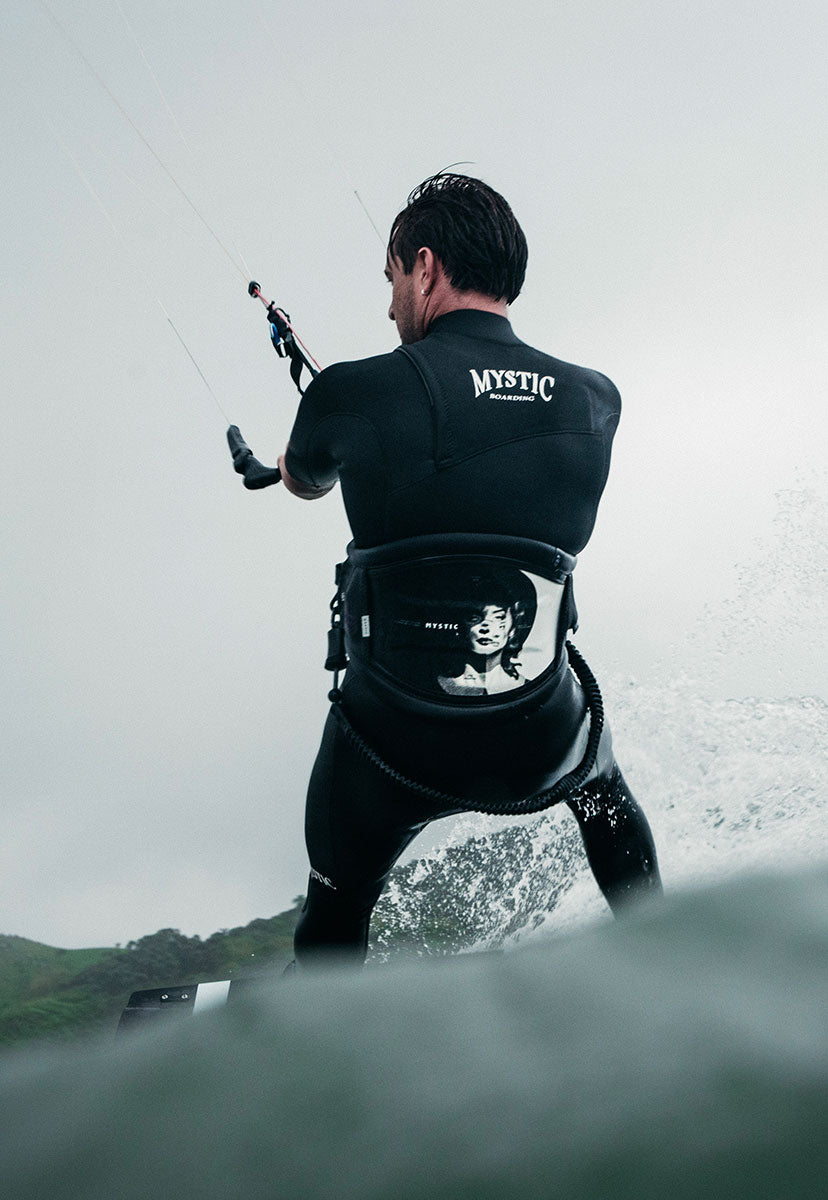
It is the connection between you and your kite, transferring the pull of the kite from your hands to your body. Harnesses are built to handle a great deal of power, so it’s essential for kitesurf beginners to learn about the different harnesses that exist.
If you’re new to kitesurfing, you’ll want to make sure you invest in the right one that offers plenty of support. As you progress, you can explore different kinds of kitesurfing harnesses that are suited to your style. In this post we’ll go through what the best kite harness is for beginners, the differences between Seat, Hybrid, and Waist harnesses, and when each one should be used.
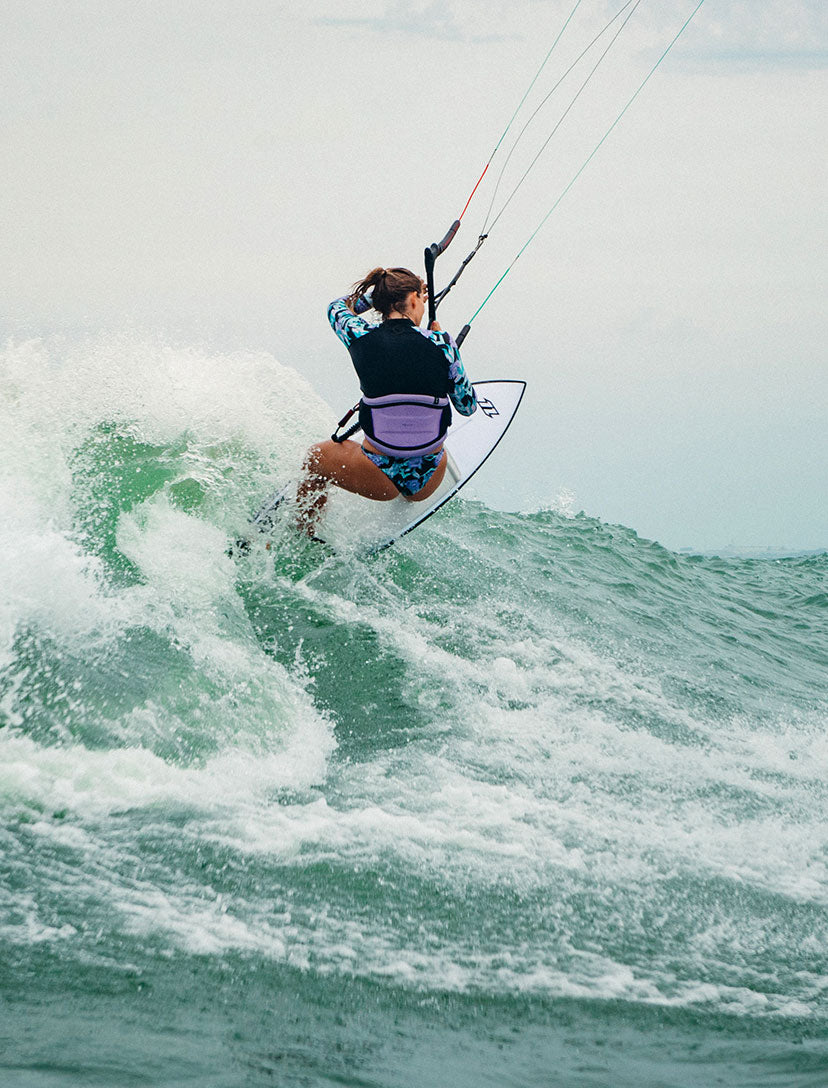
A seat harness is the ideal kitesurfing harness for beginners. You may have noticed seat harnesses are often used by kitesurfing schools for their students. A seat harness comes with pre-shaped seat cups and leg straps that easily and more comfortably holds down power from your kite. When you’re a beginner, your kite tends to stay overhead, creating an upwards pull. Part of your progression as a beginner is learning how to ride with a kite in a lower position, so the kite ultimately gives you less of an upwards pull. Note that a seat harness isn’t just for beginners and may be a more comfortable choice for people with back issues, and kite foiling too.
If you find yourself progressing with the seat harness, or if it holds you back in any way, it could be time to switch over to a hybrid harness. A hybrid harness has a detachable seat and leg straps, which means you can transform the seat harness into a regular waist harness. This is a good option for kitesurf beginners who want to try riding a waist harness but aren’t ready to commit to the switch. The hybrid harness allows you to still use the seat cup when necessary.
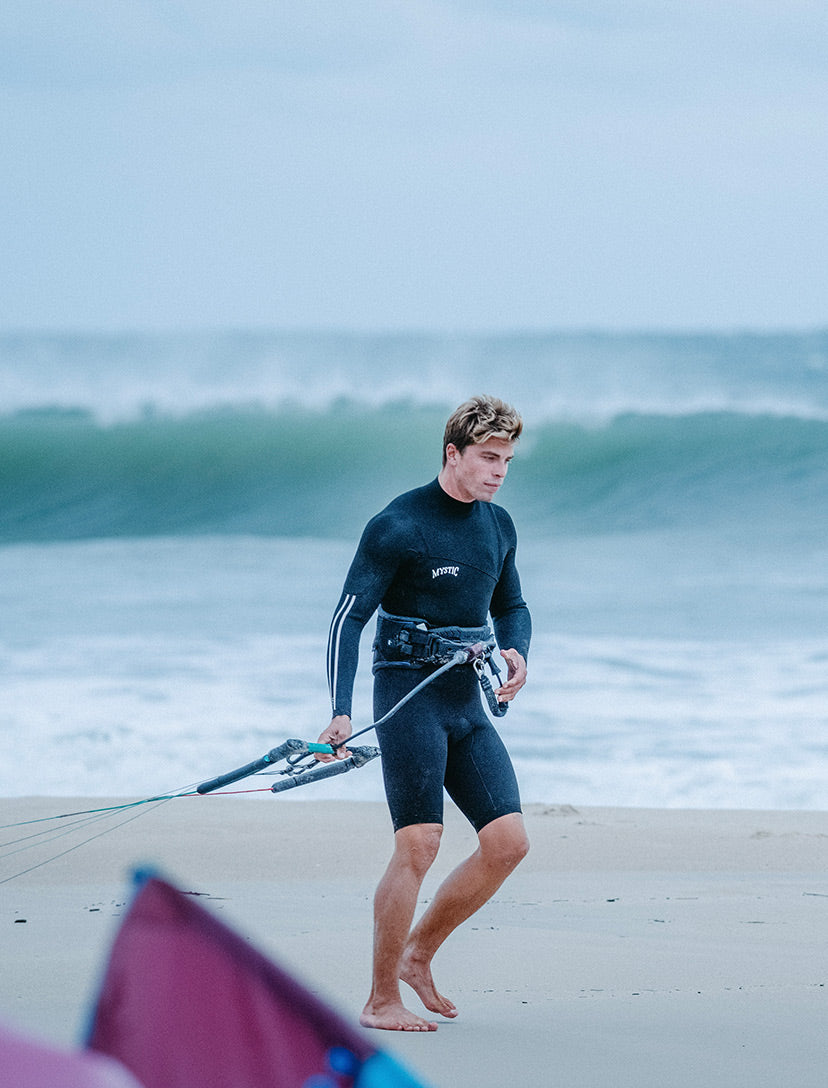
Many beginners purchase a waist harness as their first harness, which is a good idea if you want to invest in long-term gear. From the moment you’ve had lessons with a seat harness at your local kiteschool, the learning curve is steep. In this case, a waist harness sits higher up than a seat harness and offers you more freedom of movement. For waist harnesses, you can choose between a softshell or hardshell design.
Our softshell waist harnesses are made of a 3D molded exterior, anatomical backplate, and soft neoprene edges to give you ultimate comfort. They adjust to your body movements, giving you all the freedom of movement you could need on the water. The drawback to a softshell harness is that it offers less back support compared to a hardshell.
The goal of a hardshell waist harness is that thanks to its stiffness, the harness spreads its pressure evenly across the whole back plate and doesn’t pinch your sides. This is ideal for riders riding in strong winds or going for big air. Keep in mind that within hardshell harnesses, you still have different backplates with different stiffness ratings
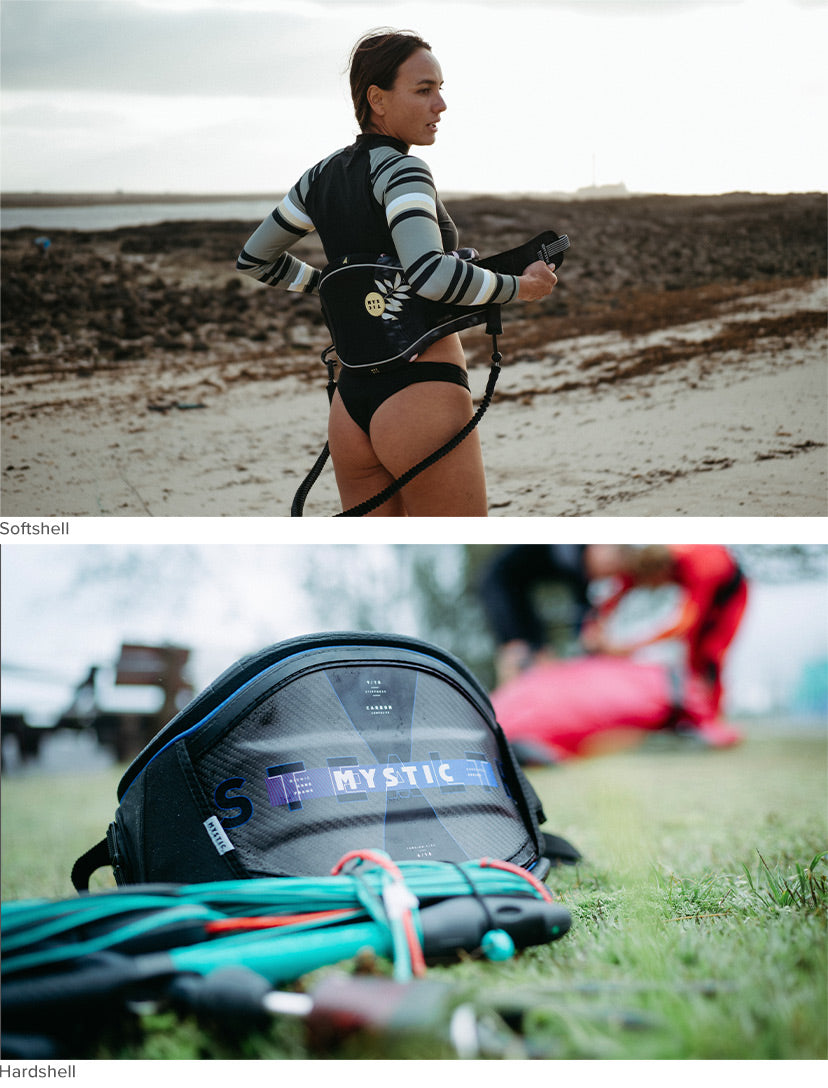
From Big Air to Wave riding, knowing what style of kitesurfing you’re getting into will affect your choice of harness. Aside from a harness, you’ll also need to invest in a spreaderbar. This essential piece of gear will be attached to your harness at the waist and reduces pressure points when you’re riding.
Don’t forget to take care of your harness, rinsing it regularly with cold water, and drying it out of direct sunlight.
Ready to shop for your first kitesurf harness?
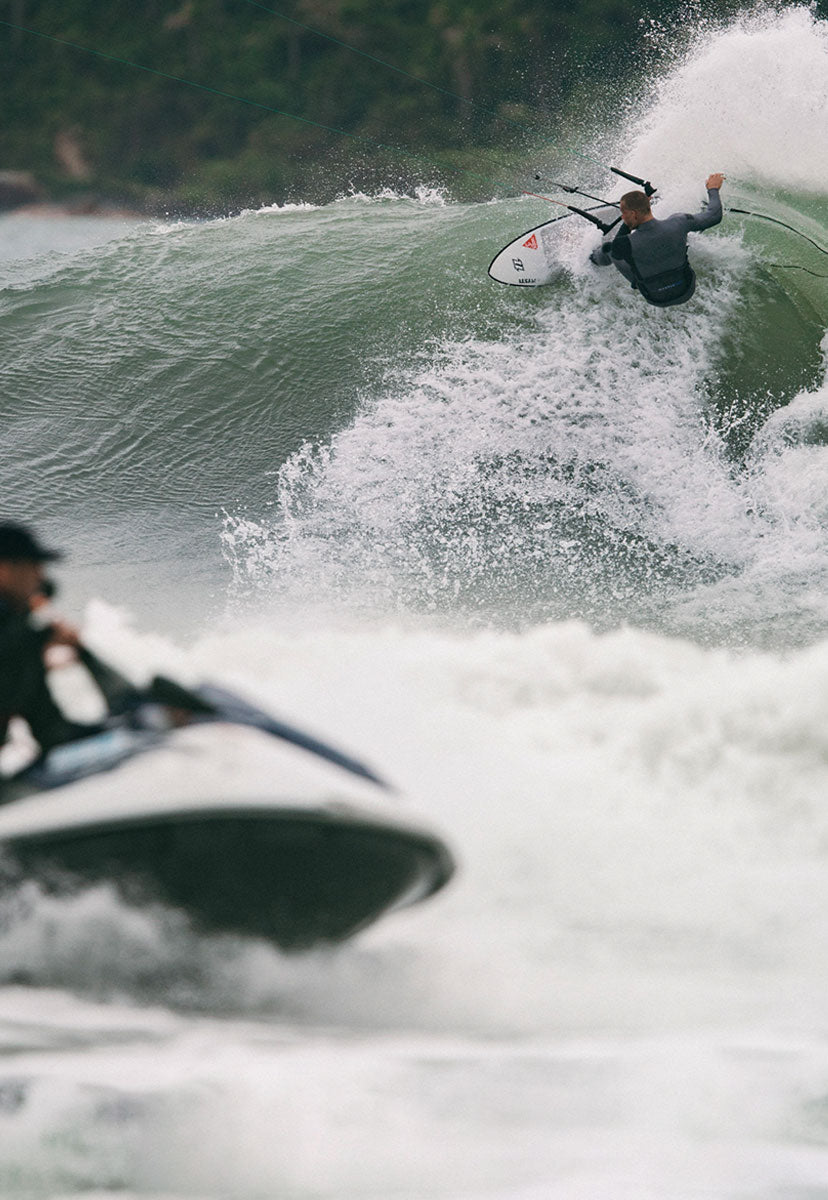
EXPLORE OUR HARNESSES